
Teen dies trapped inside burning Tesla Cybertruck after doors allegedly malfunctioned
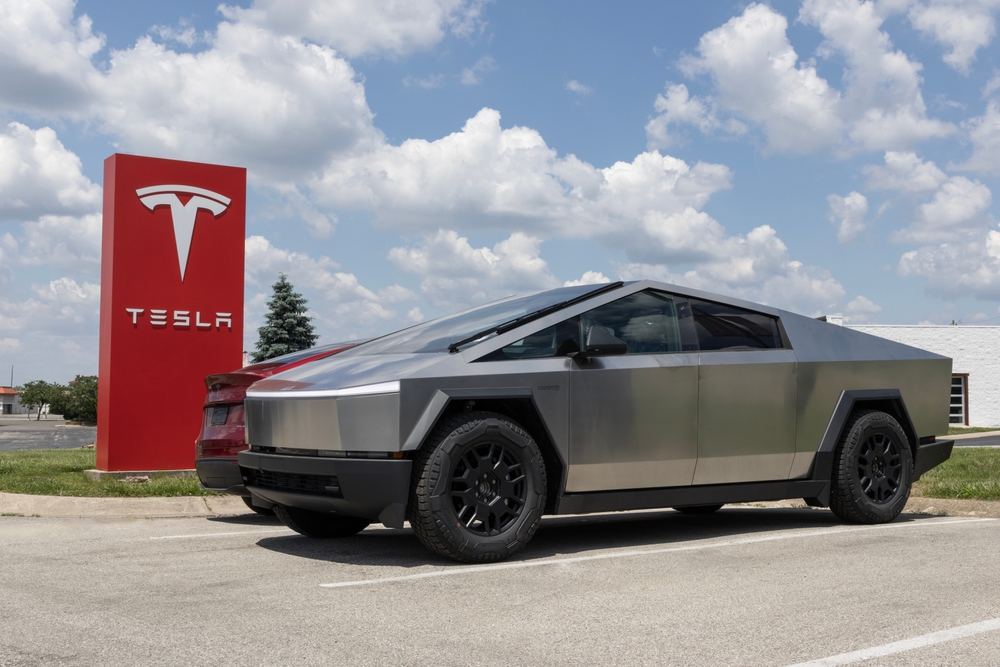
Trapped by Innovation: The Tragic Death That’s Forcing Tesla to Confront the Human Cost of Design
It was meant to be one of those carefree late-night drives between friends — the kind that turns quiet suburban roads into stages for laughter, playlists, and fleeting teenage freedom. But for 19-year-old Krysta Tsukahara, that drive through the Bay Area ended in a nightmare no parent should ever have to imagine.
Her Tesla Cybertruck — a gleaming symbol of futuristic engineering and Elon Musk’s electric revolution — became a steel coffin when its doors allegedly malfunctioned after a high-speed crash, trapping her inside as the vehicle erupted into flames.
Now, Krysta’s parents are suing Tesla, claiming that the car’s sleek, button-operated doors — once marketed as a triumph of innovation — failed when the Cybertruck lost power upon impact. According to their lawsuit, Krysta survived the initial crash but was “burned alive” inside a vehicle she could not escape.
It’s a story that exposes the hidden fragility of high-tech design — when software replaces instinct, and when convenience takes precedence over survival. And it’s forcing a painful reckoning over a question few ever think to ask: how safe are we inside the machines of the future?
A Night of Fire in the Bay Area
The crash occurred on November 27, 2024, in a quiet suburb of the San Francisco Bay Area. Inside the Tesla Cybertruck were four college students: Krysta Tsukahara (19), Jack Nelson (20), Soren Dixon (19), and an unnamed passenger.
According to investigators, the group was driving at high speed when the vehicle suddenly veered out of control, slamming into a retaining wall and then a tree. The Cybertruck burst into flames almost instantly — its futuristic frame engulfed before anyone could react.
Witnesses described scenes of chaos and horror. Onlookers sprinted toward the burning truck, grabbing rocks, sticks, and even tree branches in a desperate attempt to shatter the reinforced windows. One man reportedly smashed the windshield and managed to pull a single passenger to safety before the flames consumed the cabin.
But by then, it was too late for the others. The fire’s heat was unbearable. Smoke poured from the electric vehicle’s sealed body, and those trapped inside were still alive — conscious but helpless. Their only exit, the button-operated doors, had lost power in the crash.
When Technology Turns Against Its Users
Tesla’s door system has long been admired and criticized in equal measure. Unlike traditional mechanical handles, the Cybertruck relies on electronic latches powered by a separate 12-volt battery — a backup system meant to function even during emergencies.
But if that secondary power source fails, passengers must locate a hidden manual release, often buried low on the door and nearly impossible to find in the smoke, heat, and panic of a post-crash fire.
The lawsuits allege that this exact failure occurred that night — that Krysta and her friends could have escaped had the vehicle included a simple mechanical latch. Instead, they were trapped by the very innovation that was supposed to protect them.
“It’s a horror story,” said the Tsukahara family’s attorney, Roger Dreyer. “Tesla knows that it’s happened before, knows that it will happen again, and yet they continue to sell a car that can entrap its occupants.”
A Legal Battle With Global Implications
Two wrongful-death lawsuits have now been filed — one by Krysta’s parents and another by the family of Jack Nelson. Both accuse Tesla of negligent design and reckless disregard for safety, demanding punitive damages and an industry-wide reevaluation of electronic door systems.
Tesla has not issued a public comment on the cases, but the implications stretch well beyond a single crash. The suits argue that the Cybertruck’s design prioritized sleek aesthetics and futuristic appeal over the most basic of human needs: a way out.
They describe the manual release as “obscure, nonintuitive, and practically impossible to locate under duress.” In other words, the victims weren’t defeated by impact — they were defeated by design.
This case, legal experts say, could mark a turning point for automated vehicle safety, especially as manufacturers race toward total digital control. It highlights the paradox of progress: every new feature meant to simplify life can also become a potential point of failure when the unthinkable happens.
The Dark Side of High-Tech Design
The Cybertruck, with its bulletproof panels and dystopian geometry, has always been marketed as a glimpse into the future. But beneath that armor lies a fundamental question — one that engineers across industries struggle with: when does complexity become danger?
Tesla’s design ethos has long favored automation and minimalism — doors that open themselves, handles that retract, systems that think for you. Yet, in those same moments when human instinct must take over, that design philosophy may turn deadly.
In older vehicles, a survivor could kick open a jammed door or roll down a window. In a Cybertruck, even those primal responses depend on power, sensors, and software. Once those systems fail, the driver’s survival may depend on their memory of a hidden release lever they’ve likely never used.
Safety experts have warned of this phenomenon for years — a creeping “over-automation” that distances people from the physical mechanics of survival. The National Highway Traffic Safety Administration (NHTSA) has noted that while automation can reduce crashes caused by human error, it also introduces new, catastrophic modes of failure — ones that offer no room for human correction.
Accountability vs. Blame
Tesla’s defenders argue that the company is being unfairly targeted. According to a California Highway Patrol report, all three deceased passengers had alcohol, cocaine, and other substances in their systems. To critics of the lawsuits, this indicates the crash resulted from human recklessness, not corporate negligence.
But the victims’ families counter that argument with a grim truth: a safe car must protect even imperfect humans. Safety systems exist precisely because humans make mistakes.
“Tesla can’t hide behind driver behavior,” said one safety analyst. “A design that fails catastrophically in the very scenario it’s supposed to protect against is not innovation — it’s negligence.”
Consumer advocates are now calling for a recall or redesign of Tesla’s door mechanisms, warning that if a single design flaw can prevent escape during a fire, the issue transcends technology — it becomes a moral one.
When Innovation Outpaces Instinct
Krysta’s death is not just a tragic story — it’s a reflection of our growing dependence on machines that think for us. Modern vehicles are rolling computers, powered by layers of code and circuitry that few users truly understand.
For decades, safety meant reliability — seatbelts that clicked, doors that opened, brakes that worked. Today, those same actions rely on systems of sensors and software. They are efficient, elegant — and, sometimes, deadly.
The Cybertruck’s failure, if proven, will stand as a chilling symbol of what happens when innovation outruns human intuition.
The Price of Progress
Krysta Tsukahara’s death has reignited public debate, anger, and empathy in equal measure. Her parents’ grief has evolved into a mission — to ensure no one else dies because of a button that wouldn’t work.
Whether Tesla is found legally liable or not, the emotional verdict is already clear: technology that cannot fail must still plan for failure.
Every era of human progress has carried its costs — but some prices are simply too high. The Cybertruck tragedy reminds us that innovation without empathy becomes arrogance, and design without foresight becomes danger.
As the lawsuits move forward and engineers across industries rethink what “safety” really means in an age of electrified, automated power, one truth remains painfully undeniable:
Progress should open doors — not seal them shut.
News in the same category


A Rare Alignment of 7 Planets Is Taking Place in The Sky This Week

The World’s Oldest Bridge Is Still In Use, and You Can See It In Greece

Lyrid meteor shower peaks after Easter: How to spot the most ‘shooting stars’

Austria: 33 Interesting Facts You Might Not Know

15 Interesting Travel Facts You May Not Know About Italy
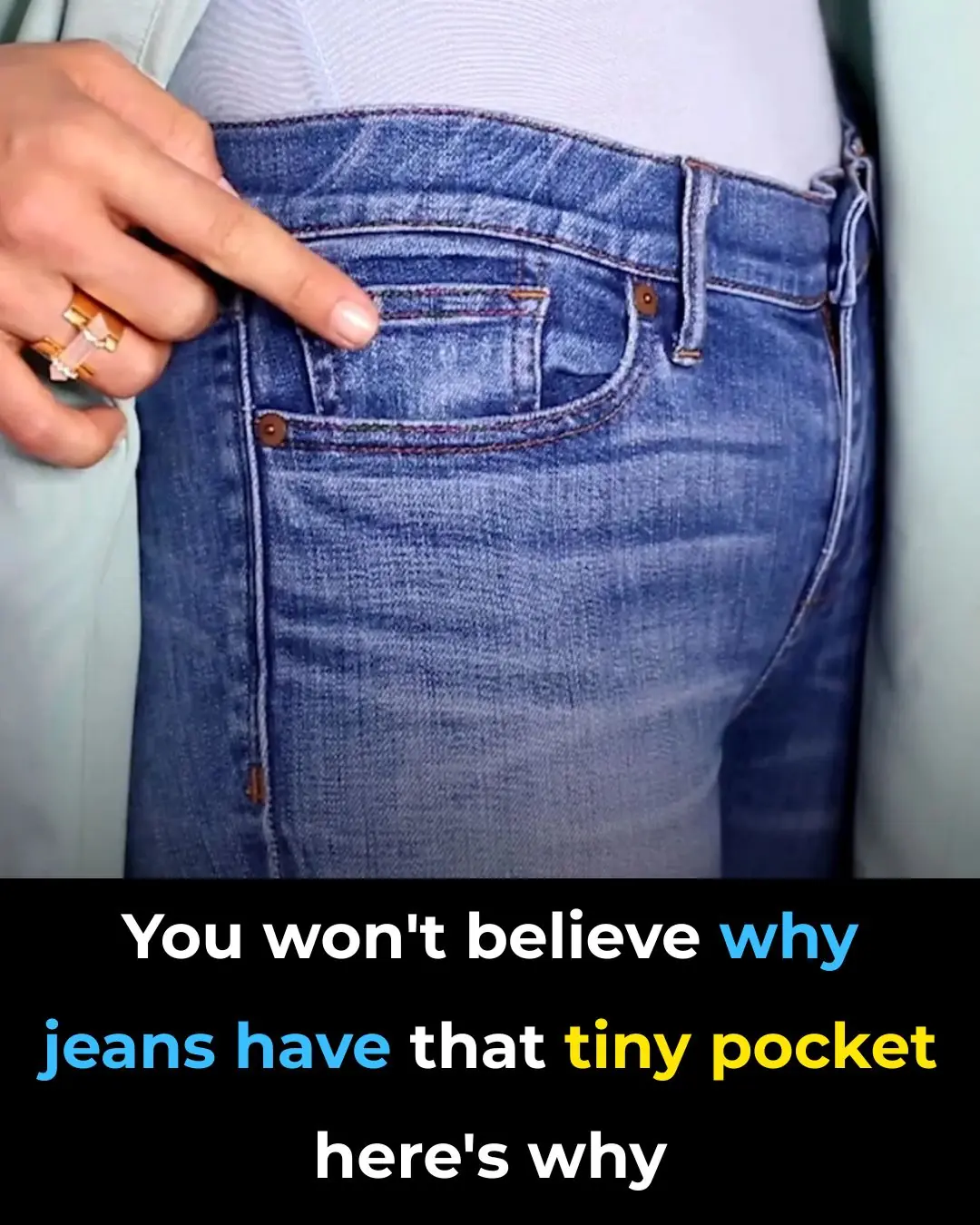
You Won’t Believe Why Jeans Have That Tiny Pocket – Here’s Why

Trump Sparks Outrage With Wild Claim That Nearly All Americans Died of Overdoses
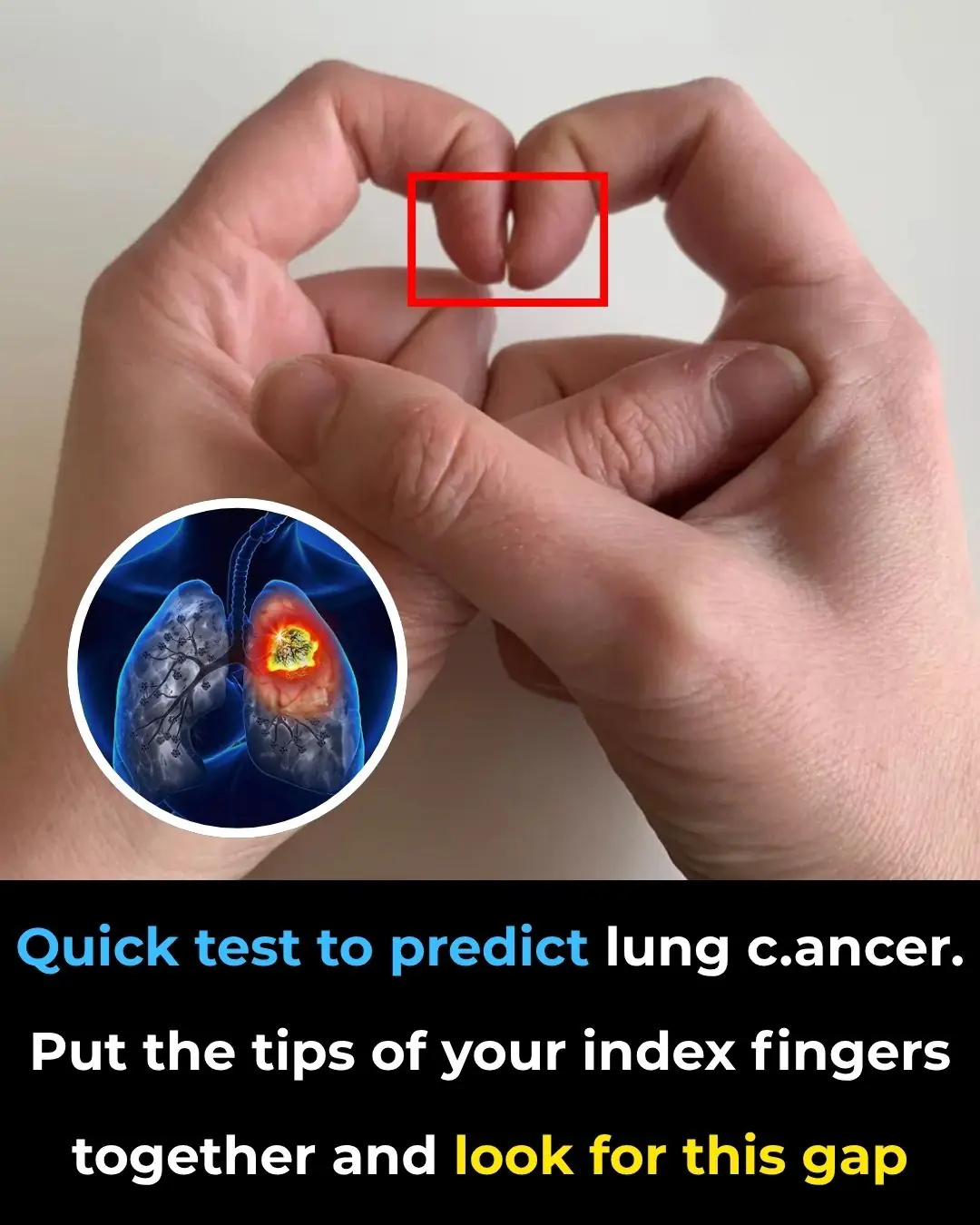
Schamroth Window Test May Reveal if You Have Finger Clubbing

Farmer Plants 1,000 Oak Trees to Create Memorial for Late Wife
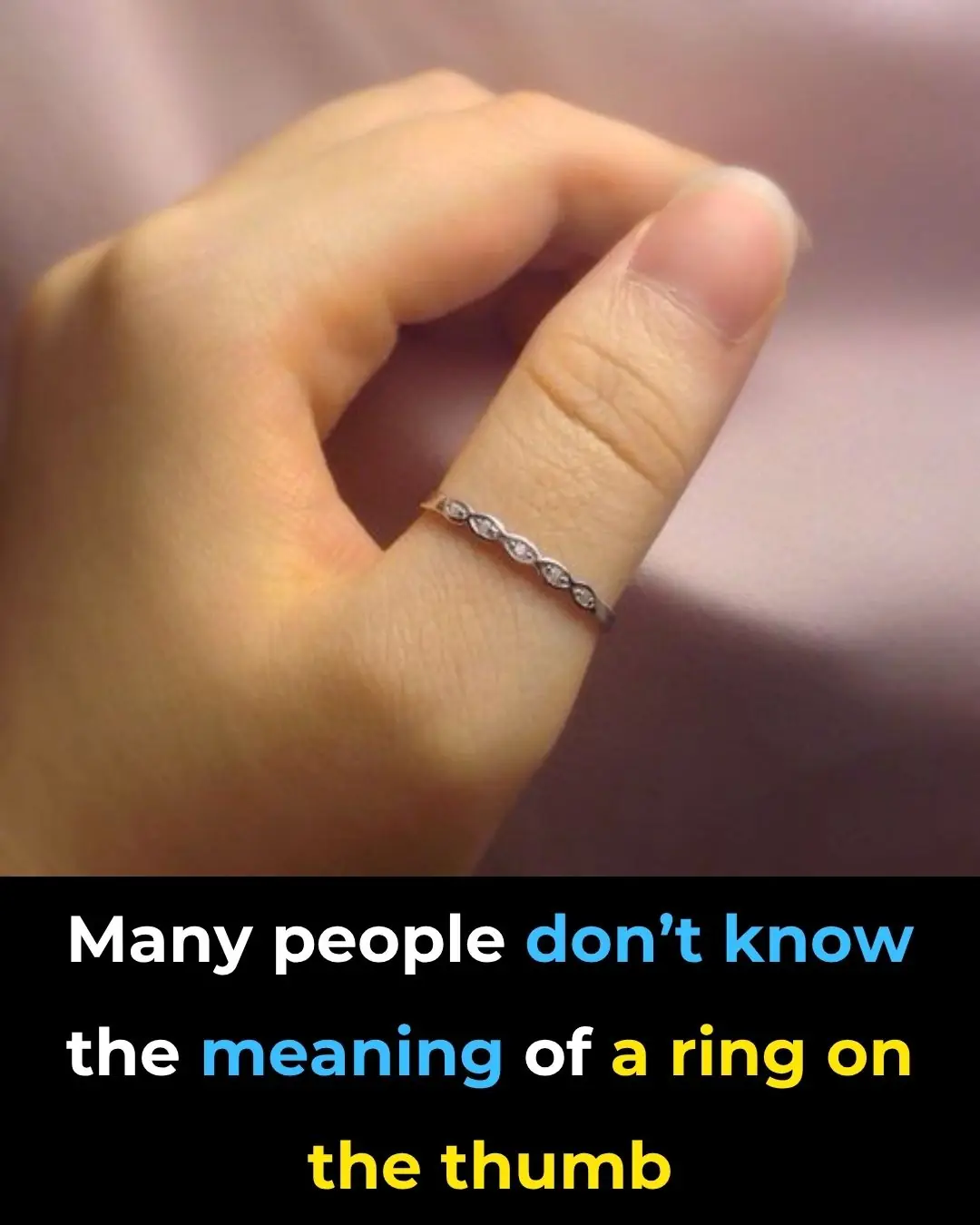
What Does a Thumb Ring Really Mean
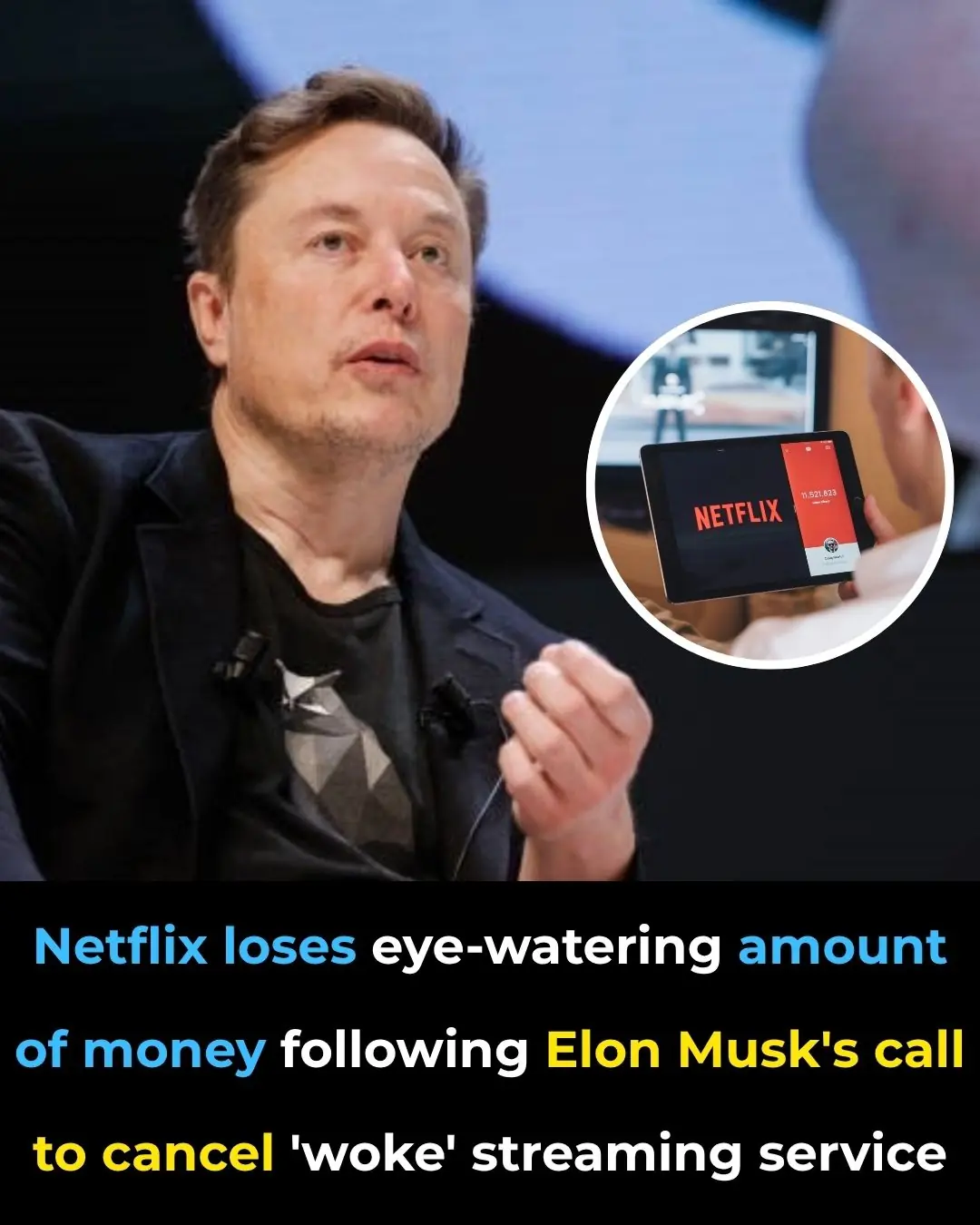
Netflix loses eye-watering amount of money following Elon Musk’s call to cancel 'woke' streaming service

Nintendo sues Reddit mod for $4,500,000 in shocking lawsuit
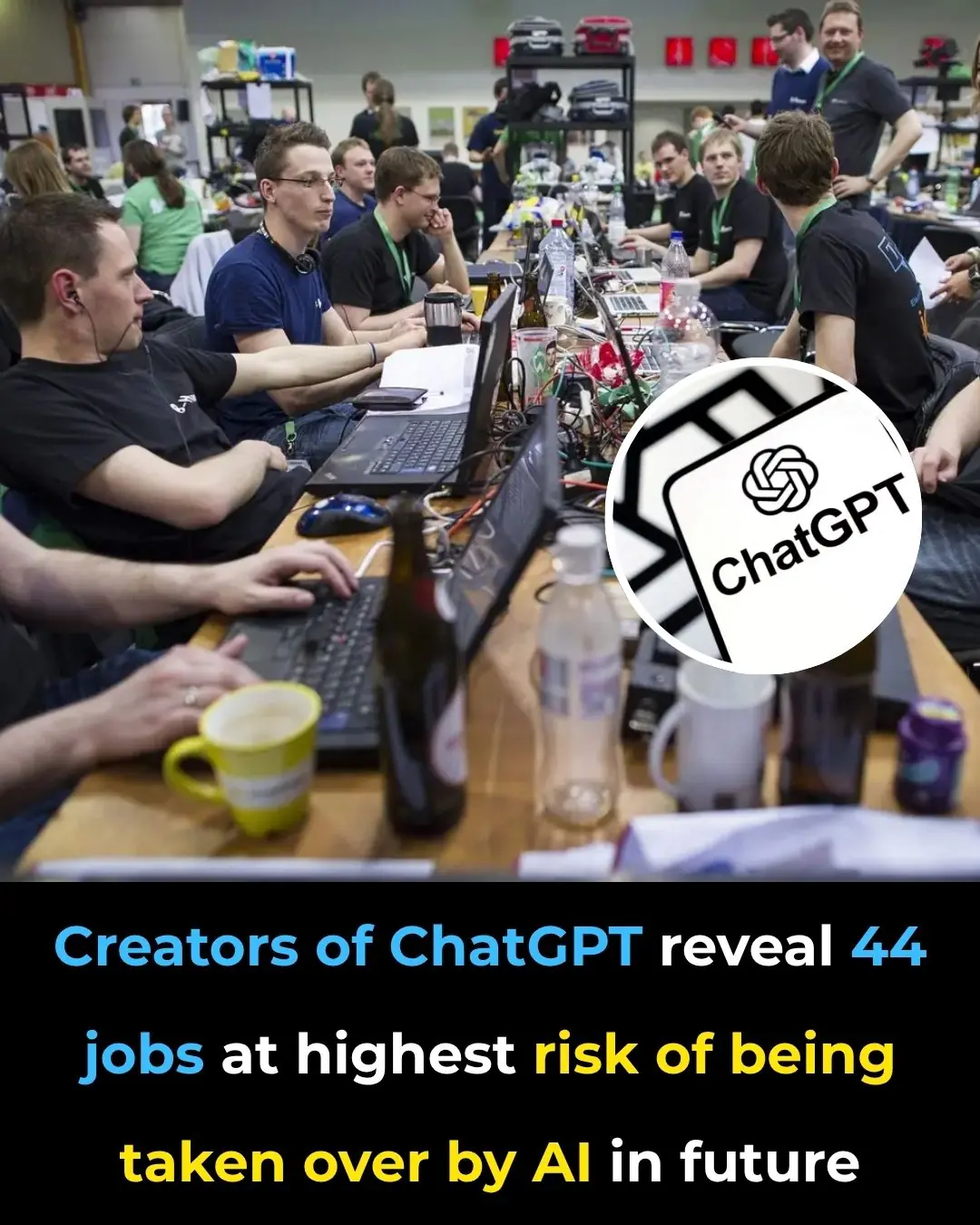
Creators of ChatGPT reveal 44 jobs at highest risk of being taken over by AI in future

What Are These Tiny Balls in My Bed

Apple just added a new app to iPhone with iOS 26 and most people have no idea
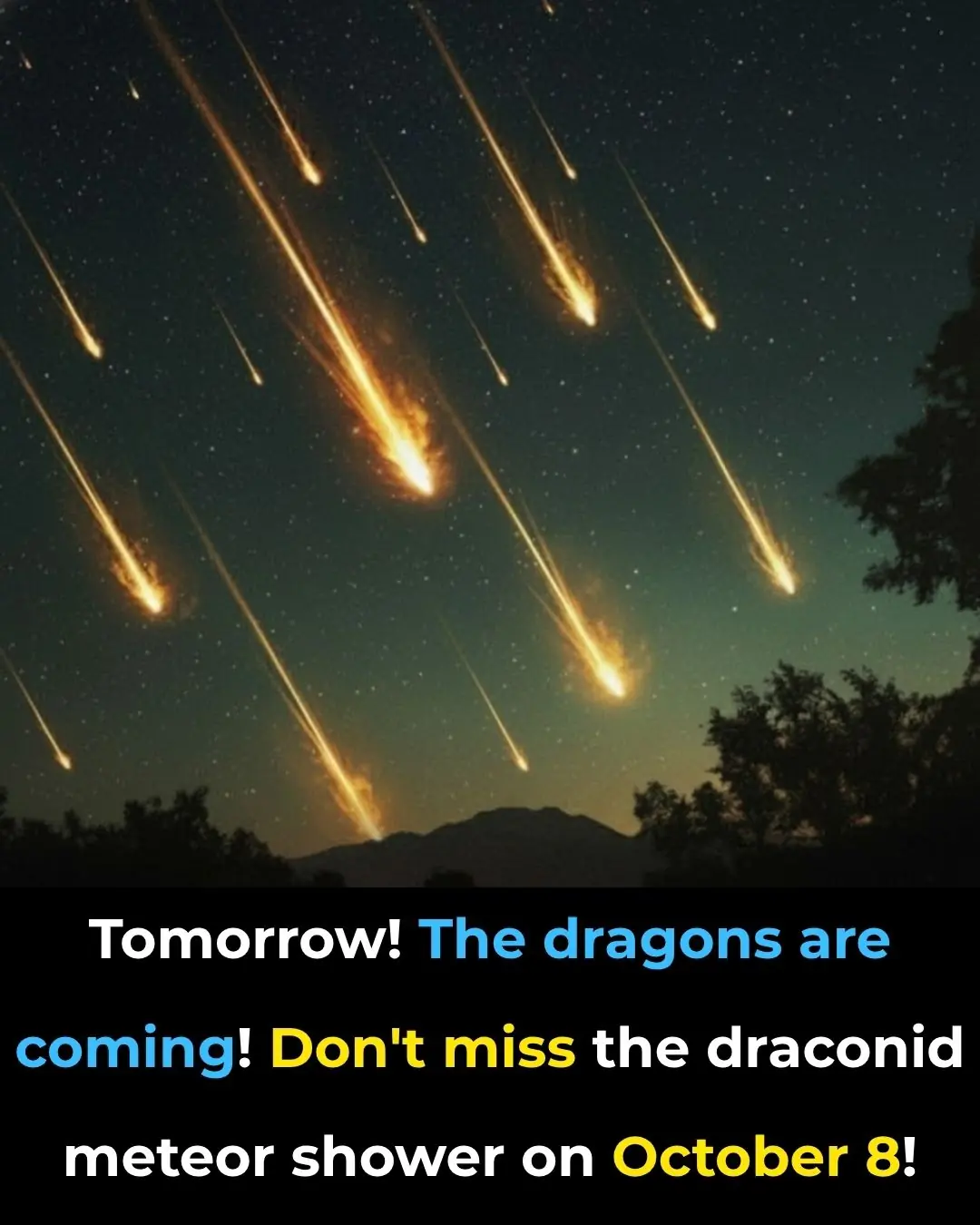
BREAKING NEWS 🚨 Due To This Draconid Meteor Shower Earth Will Be Badly Effected Because…..See More
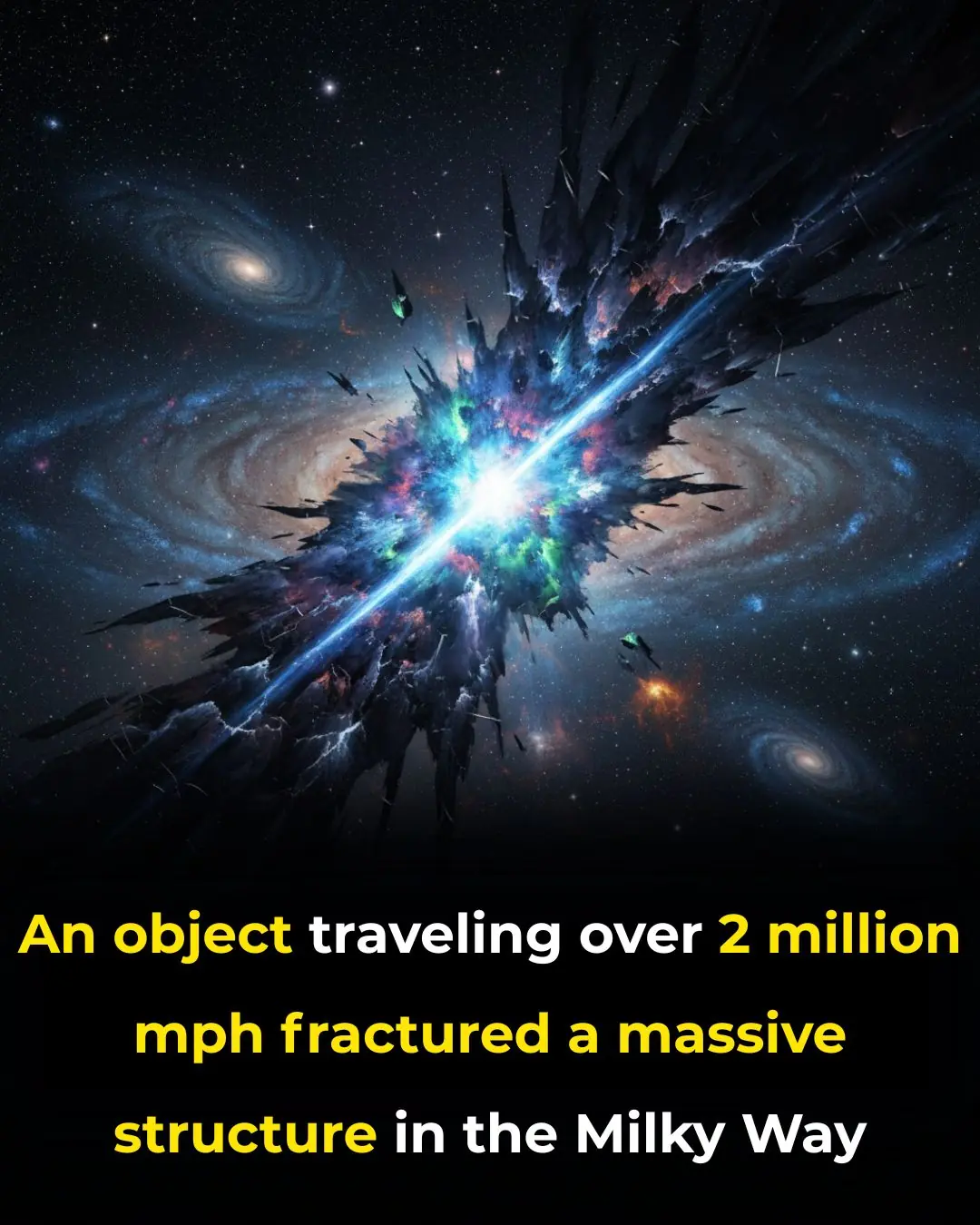
A High-Speed Pulsar Has Cracked the Milky Way’s Magnetic “Bone” — Racing Through Space at 2 Million MPH

Nose Picking What This Taboo Habit Really Reveals About Us
News Post
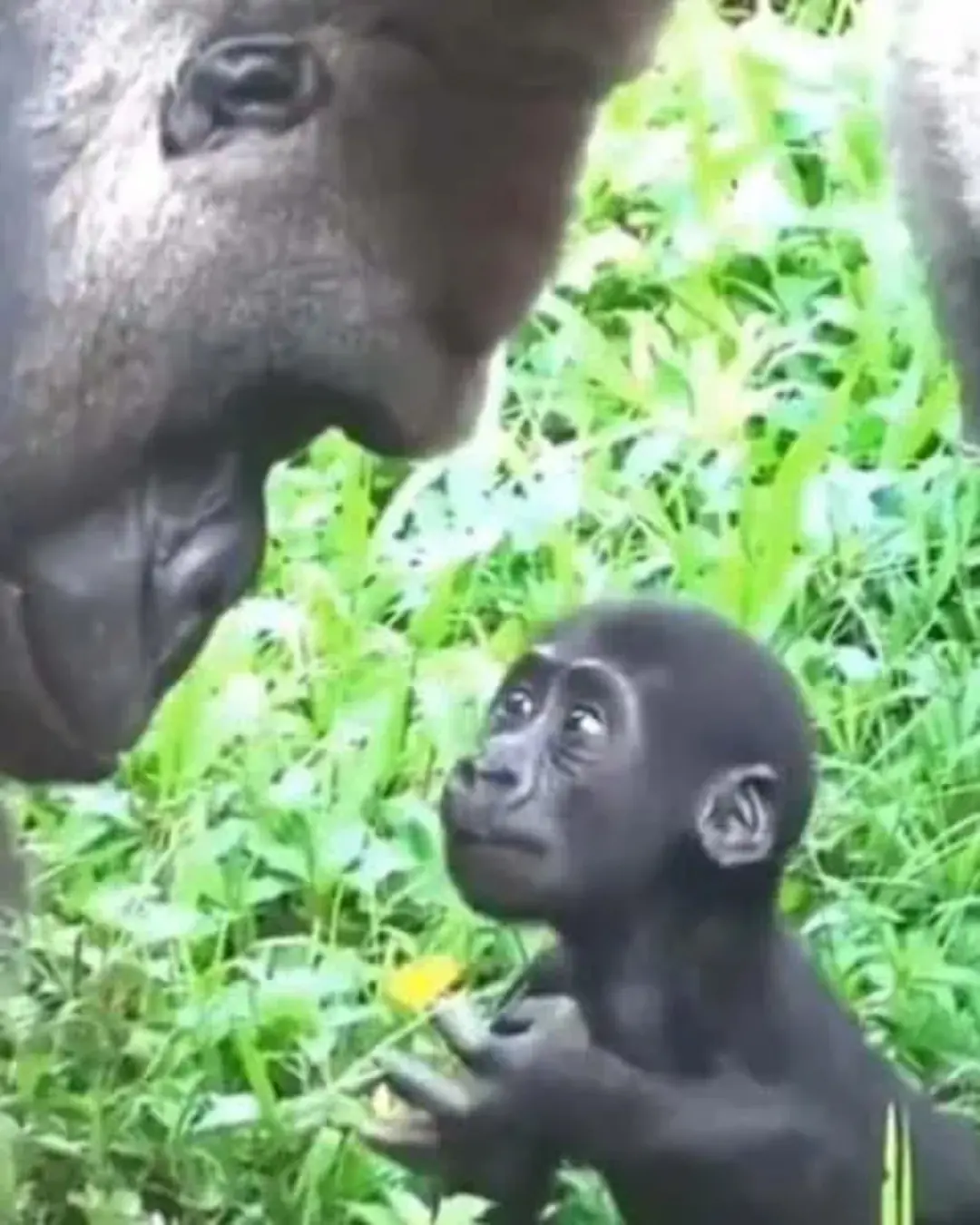
The Gentle Giant: A Father Gorilla’s First Meeting with His Baby.

Banana Blossom: Health Benefits, Recipes, and Traditional Uses

The Stealthy Threat of the Evergreen Bagworm
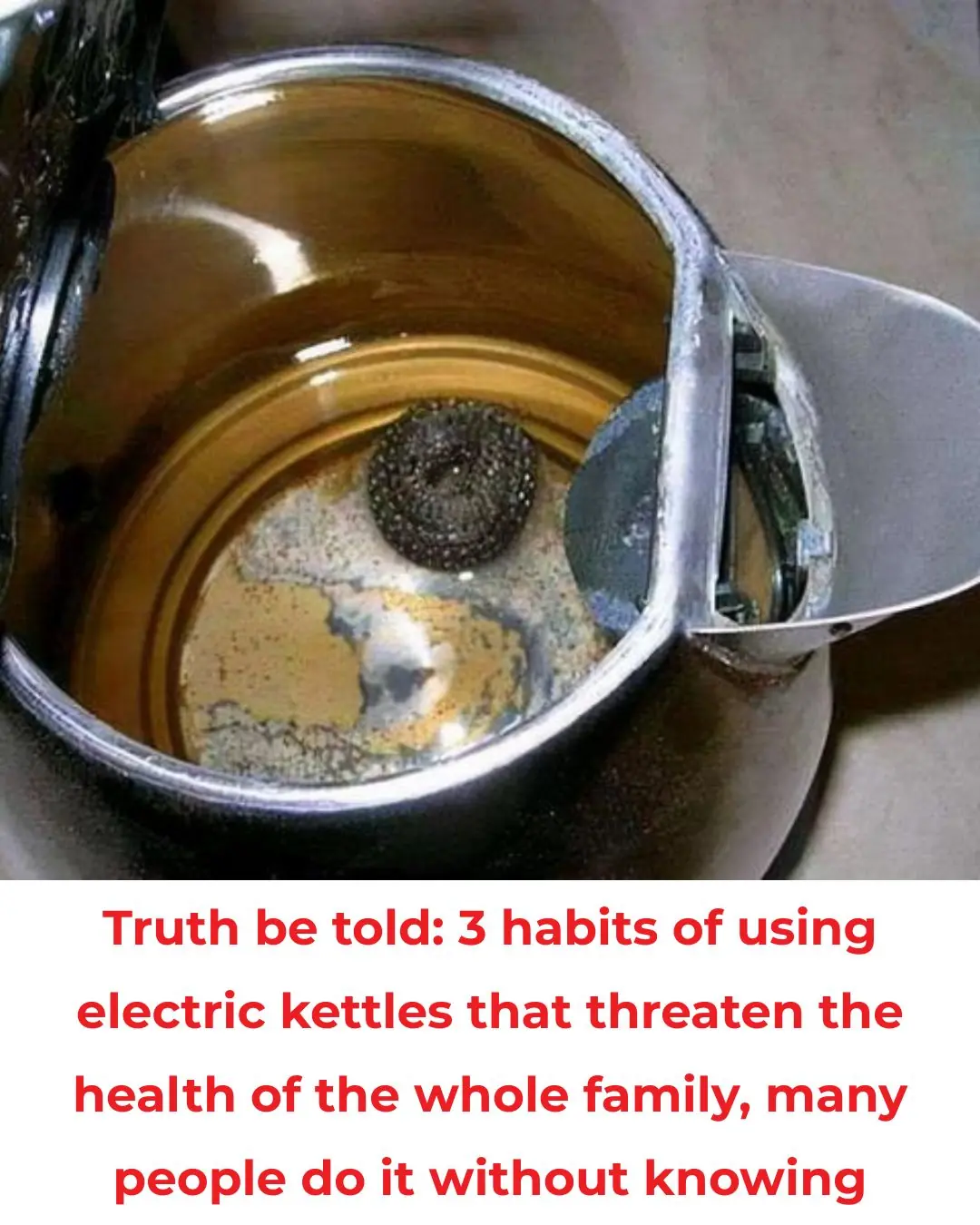
Truth be told: 3 habits of using electric kettles that threaten the health of the whole family, many people do it without knowing

Drinking coffee adds one more thing: No worries about discolored teeth or bad breath

Pig skin that many people throw away unexpectedly has such wonderful uses

American doctor shows how to remove pesticides and dirt from fruits, just a few steps to reduce illness for the family

5 mistakes when drinking coffee that are harmful to your health: Especially the second type, quit immediately before it's too late

25 Incredible Benefits of Guava Leaves

Most people underestimate the power of pine needle sprite (better than you think)

A Rare Alignment of 7 Planets Is Taking Place in The Sky This Week

The World’s Oldest Bridge Is Still In Use, and You Can See It In Greece

Lyrid meteor shower peaks after Easter: How to spot the most ‘shooting stars’

Austria: 33 Interesting Facts You Might Not Know
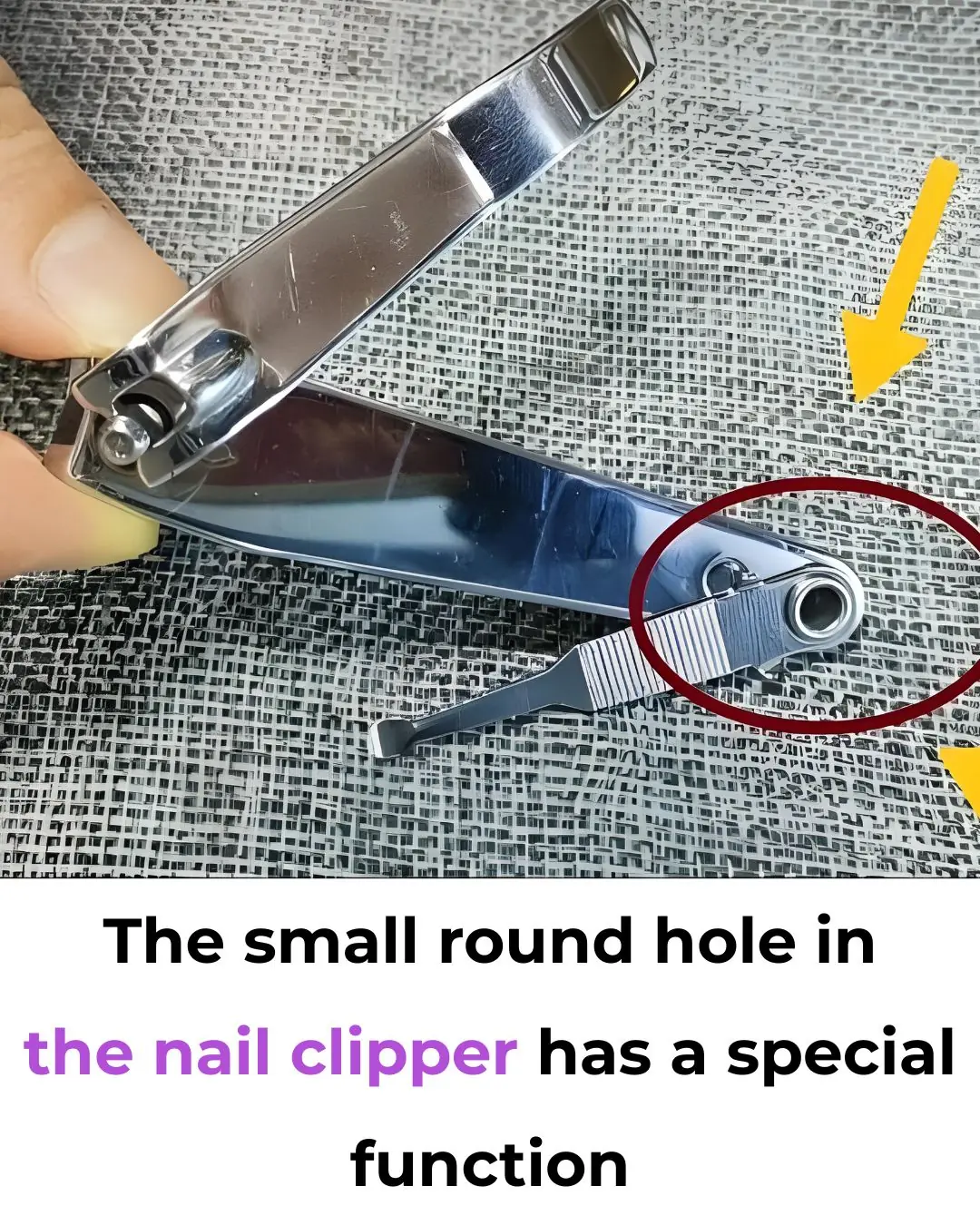
The tiny round hole on your nail clipper has a real job — and a few clever (safe) extras

Pork skin: the cheap cut many people discard — and how to use it wisely for nutrition and safety

15 Interesting Travel Facts You May Not Know About Italy

Boiled sweet potatoes: don’t use plain water—add a spoon of this for fluffy, deeply sweet results

3 powerful health benefits of using a bidet — plus a bonus for the planet
